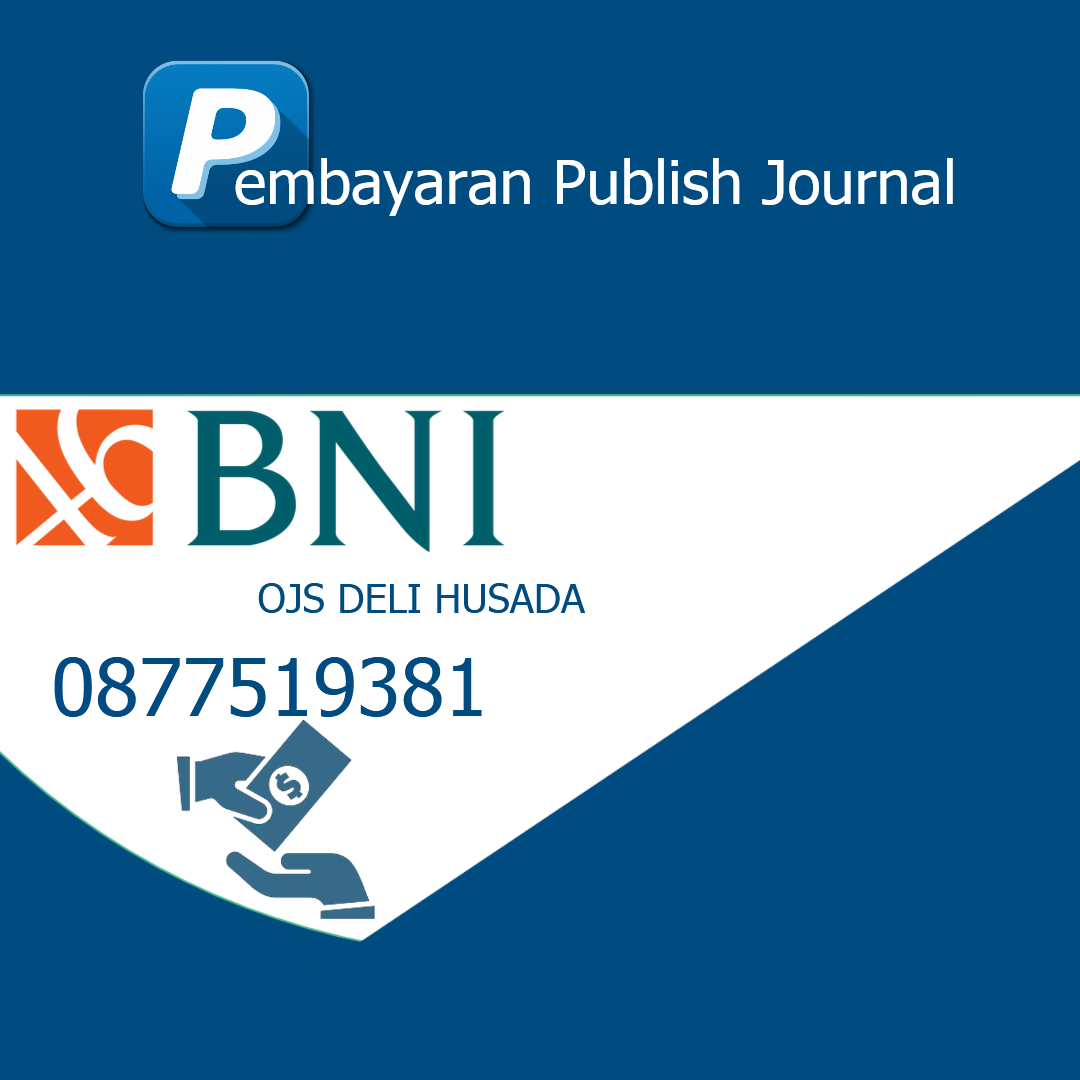UJI EFEKTIVITAS AIR PERASAN DAUN JERUK NIPIS (Citrus aurantifolia Swingle.) SEBAGAI PESTISIDA NABATI TERHADAP LALAT BUAH TAHUN 2020
Abstract
Fruit fly is one of the potential pests of fruit destroyers which is very loss to fruit farmers. Lime leaves (Citrus aurantifolia Swingle.) Have been examined to contain several compounds that have the potential to control fruit fly pests. The purposes to find out whether the juice of lime leaves is effective as a vegetable pesticide against fruit flies. In this study using experimental methods. With the stages of sampling, sample processing, phytochemical screening, making juice, making fruit fly traps, and testing the juice of lime leaves as vegetable pesticides with different concentrations of 0%, 5%, 10%, 15% and 20% sprayed on the surface of guava fruit (Psidium guajava) and observed its effect on fruit flies. The average results of research on the juice of lime leaves as a vegetable pesticide against fruit flies indicate that the higher the concentration the higher the number of fruit fly deaths based on observations made for 3 days. Based on data analyzed statistically by the ONE WAY ANOVA method. It can be concluded that at a concentration of 20% the juice of lime leaves is the most effective as a vegetable pesticide. Based on the results of this study, the juice of lime leaves is expected to be an alternative as a vegetable pesticide.
References
Islamy , F., Asngad, A. (2018). Pemanfaatan Tanaman Kemangi (Ocium basillum L.) dan Kulit Jeruk Nipis Sebagai Insektisida Nabati Terhadap Pengendalian Lalat Buah Dalam Berbagai Konsentrasi dan Pelarut. SNPBS. Halaman 418
Julita, S., Djukri. (2018). Pengaruh Pemberian Varian Kadar Air Kulit Jeruk Nipis (Citrus aurantifolia Swingle) Sebagai Pestisida Nabati Pengendalian Hama Plutella xylostella Pada Tanaman Sawi (Brassica juncea). Jurnal Biologi. Vol 7. No. 1. Halaman 33
Kurnia, A. (2014). Khasiat Ajaib Jeruk Nipis Dari A-Z Untuk Kesehatan dan Kecantikan. Yogyakarta: Rapha Publishing. Halaman 4-9, 37,43
Marjoni, R. (2016). Dasar- Dasar Fitokimia. Jakarta: CV. Trans Info Media. Halaman 15-17, 20-22
Putri, D. (2016). Pengaruh Pemberian Ekstrak Daun Kersen (Muntingia calabura) Terhadap Lalat Buah Bactrocera Carambolae. Journal of Biology. Halaman 140
Rahmawati, A., Yustisia. D. (2019). Identifikasi Keberadaan Lalat Buah Batrocera Spp Pada Tanaman Hortikultura Di Kabupaten Sinjai. Jurnal Agrominansia. Halaman 84
Sakka La. (2018). Identifikasi Senyawa Alkaloid, Flavonoid, Saponin dan Tanin Pada Jeruk Nipis (Citrus aurantifolia) Di Kabupaten Bone Kecamatan Lamuru Menggunakan Metode Infusa. Jurnal Ilmiah Kesehatan. Halaman 671
Yudiarti, T. (2010). Cara Praktis dan Ekonomis Mengatasi Hama dan Penyakit Tanaman Pangan dan Hortikultura. Yogyakarta: Graha Ilmu. Halaman 23-2









